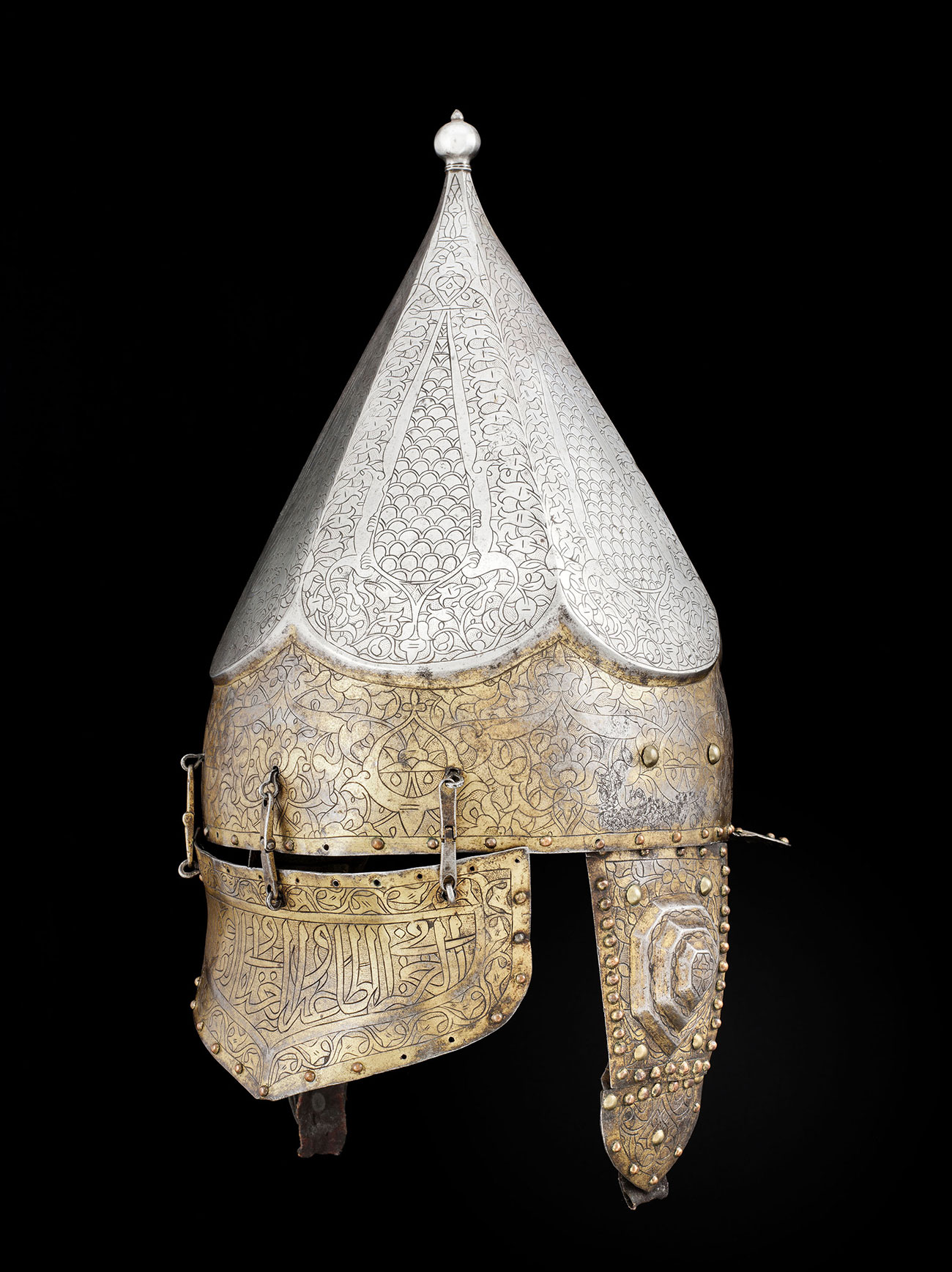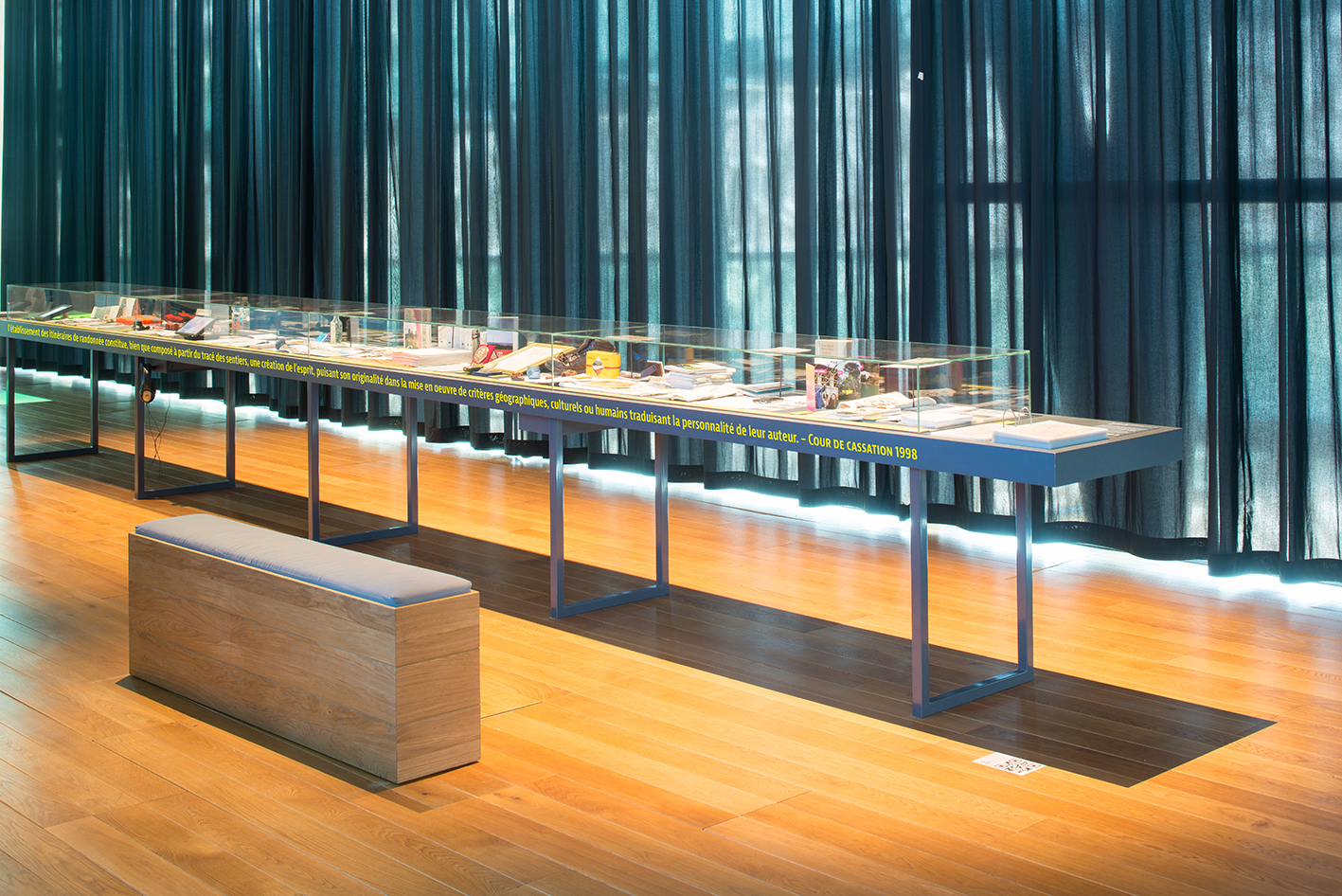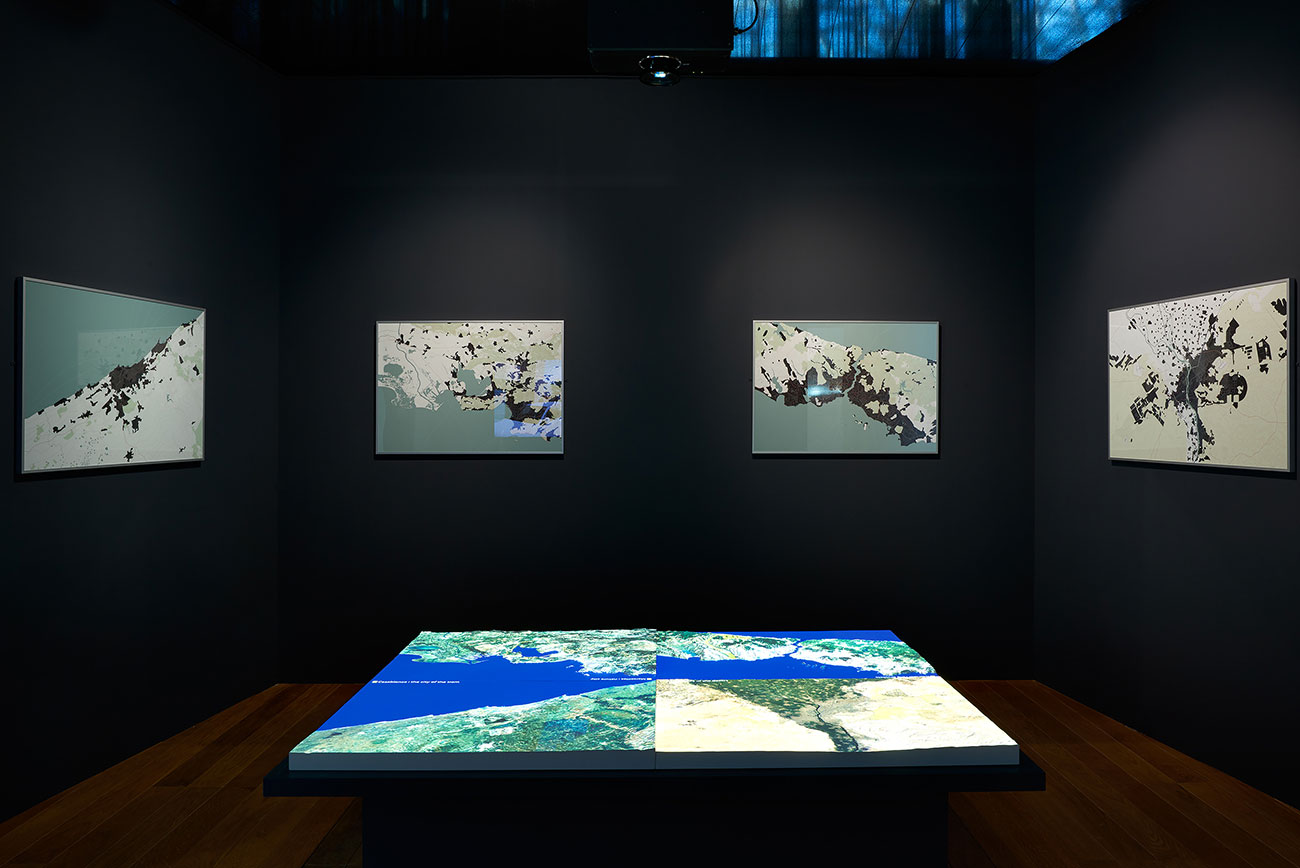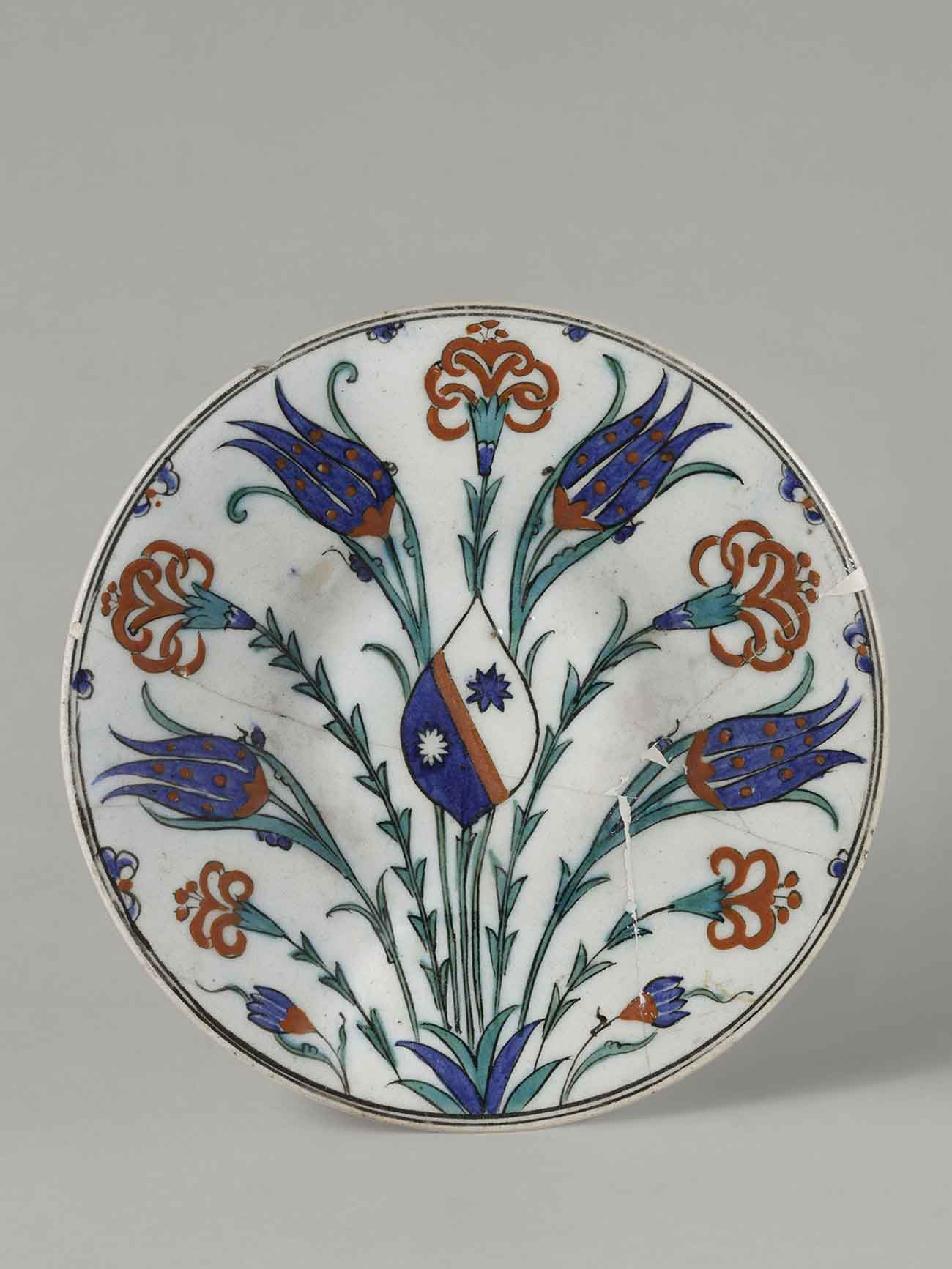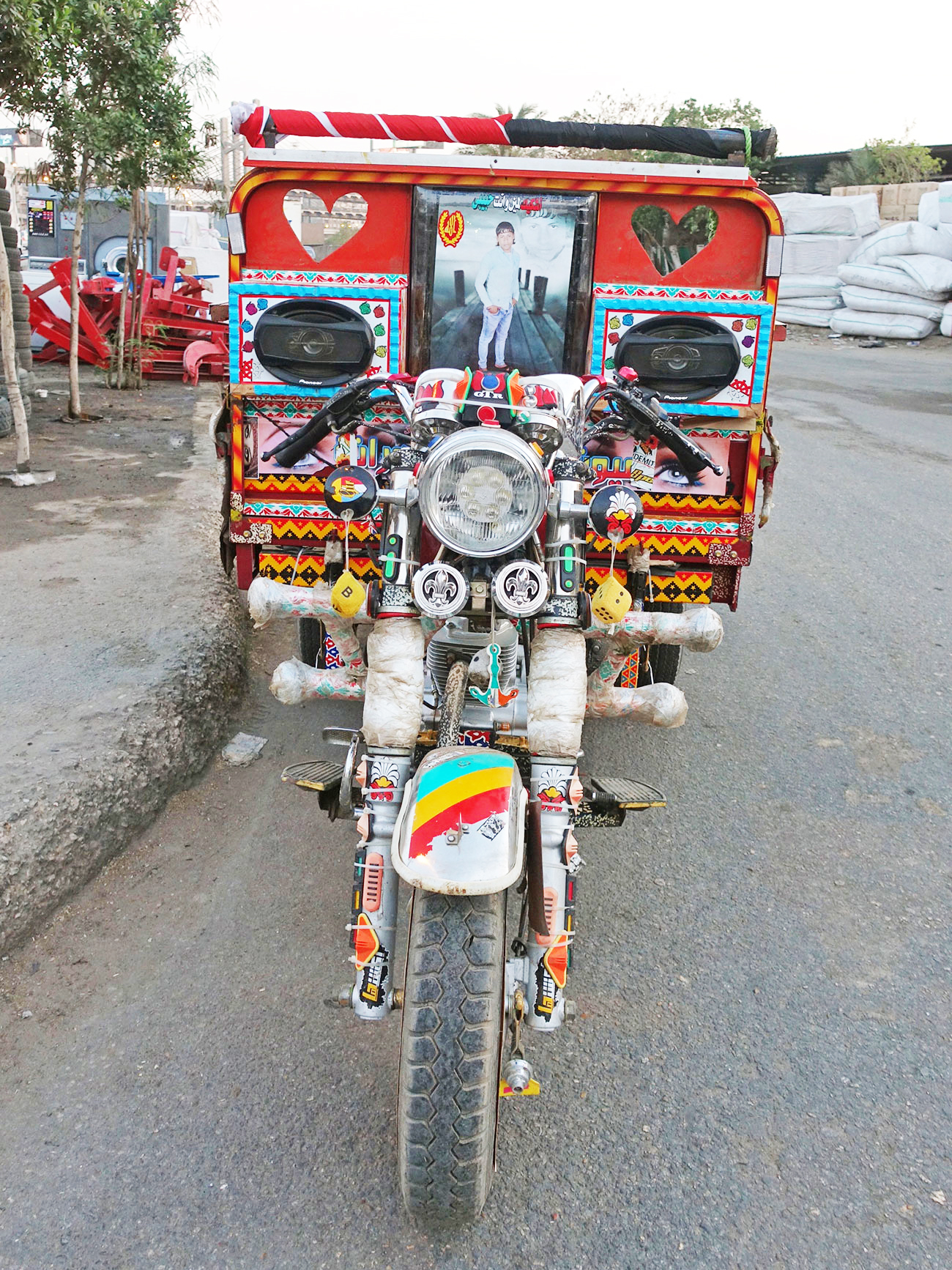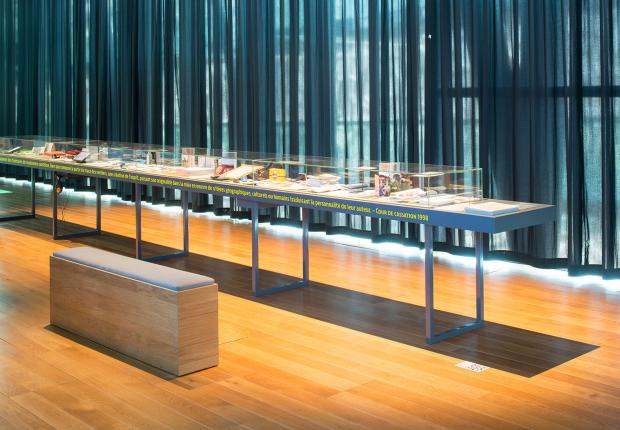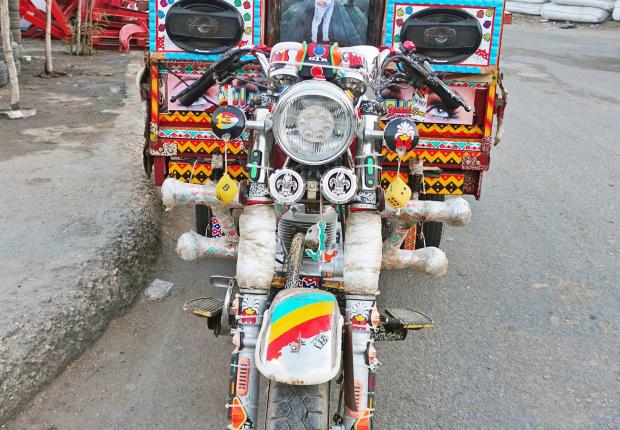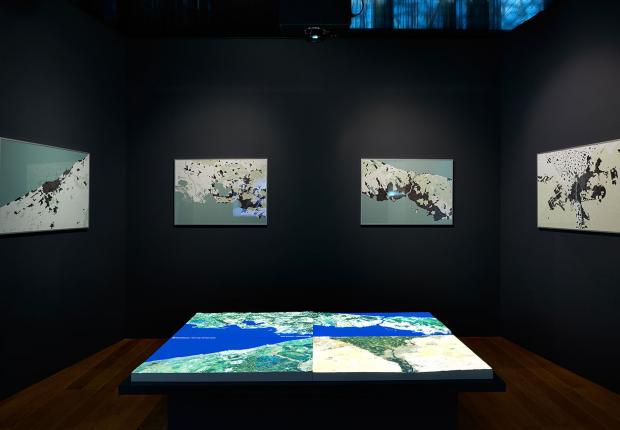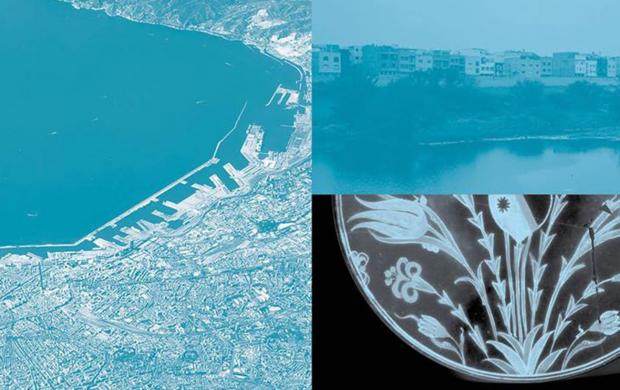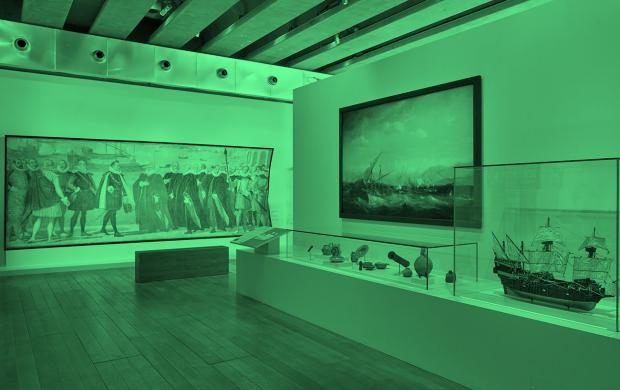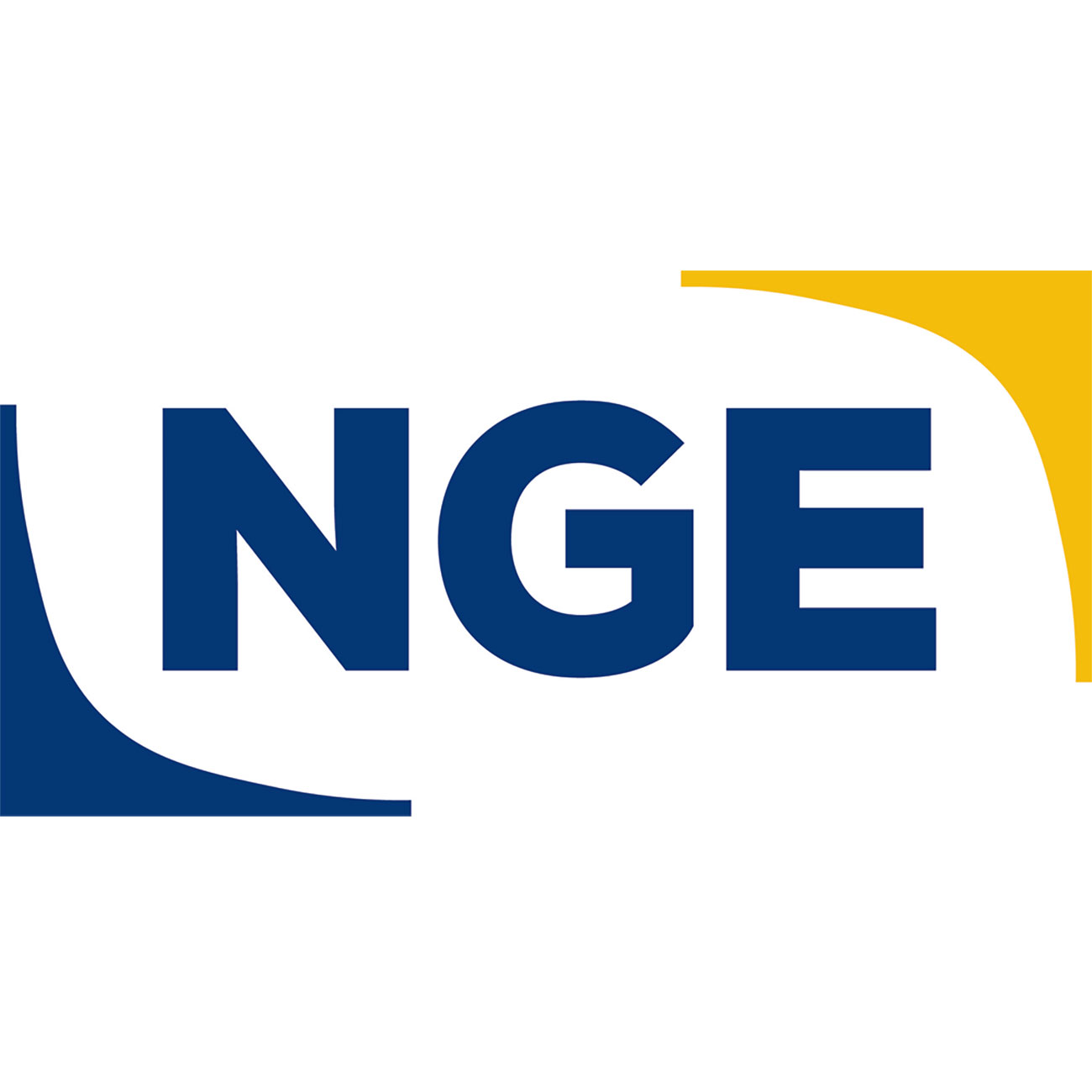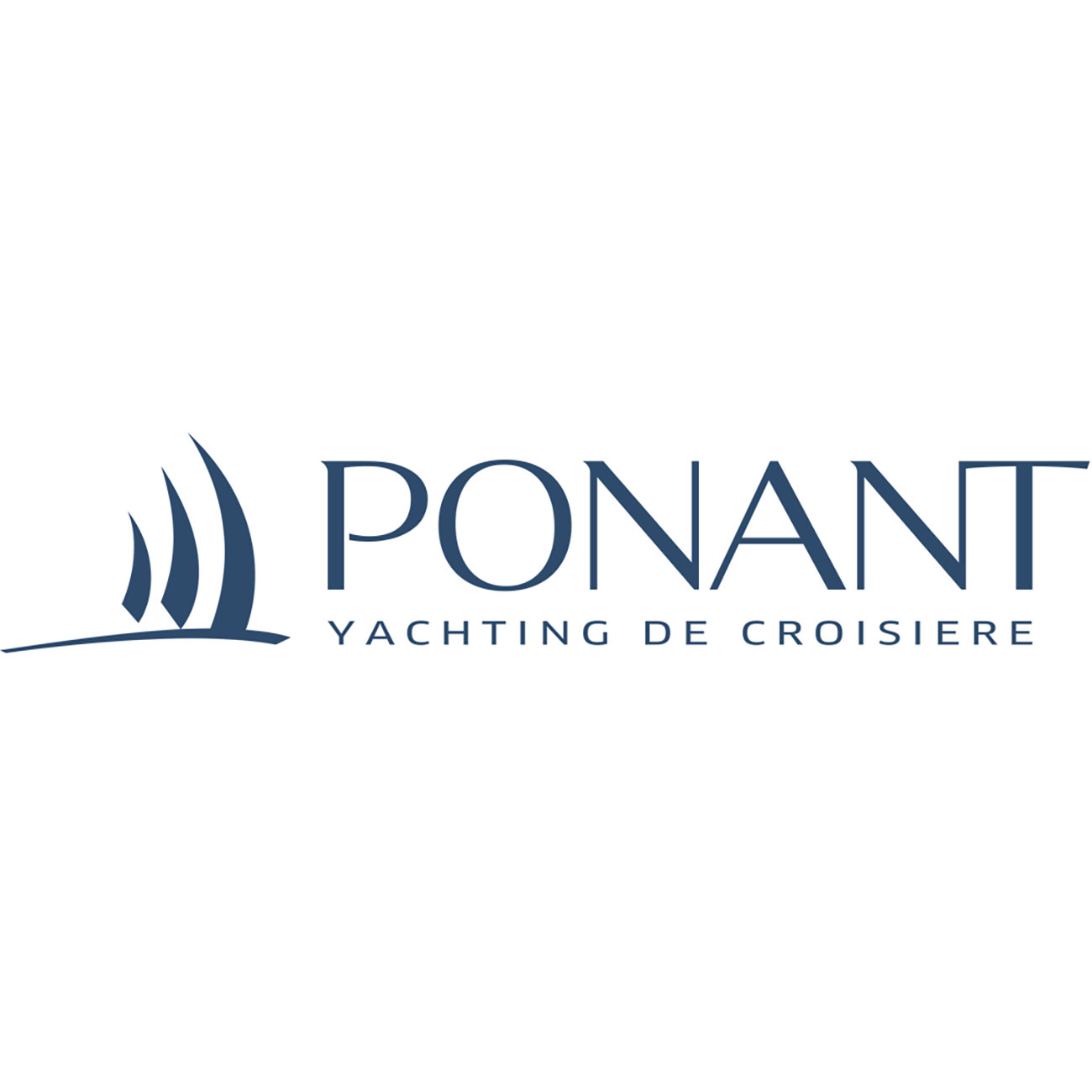Connectivities
Mediterranean Gallery 2
Mucem, J4—
Ground floor
|
From Wednesday 29 November 2017 to Monday 11 September 2023
Connectivities tells the story of the great Mediterranean port cities of the 16th and 17th centuries.
The Mediterranean Gallery is getting a new look, and its second section will house a new semi-permanent exhibition. Connectivities tells the story of the great Mediterranean port cities of the 16th and 17th centuries: Istanbul, Algiers, Venice, Genoa, Seville and Lisbon were the strategic sites of power and trade in a Mediterranean that saw the birth of the modern era, between great empires and globalization.
Taking The Mediterranean and the Mediterranean World in the Age of Philip II as its foundation, the exhibition follows in the footsteps of historian Fernand Braudel and approaches this 16th and 17th century Mediterranean region not as an object of study with strict chronological limits, but rather as a character with a lengthy story to tell, even extending into the contemporary period.
Inviting visitors to leap backward in time, this urban history continues today, through changes to contemporary port territories like the megalopolises of Istanbul and Cairo and the metropolises of Marseille and Casablanca. This exhibition shows expanding cities as places where influxes, connections trade and therefore power converge and intensify.
From 7 November 2018, the exhibition will be refreshed with new items that build on the richness of topics that are addressed — a new opportunity to find out about new objects, new works and new audiovisual devices.
- In the space dedicated to Marseille, the Sentiers Métropolitains (Metropolitan Pathways) display case presents a new city: Athens.
-
This work-in-progress follows the appearance every year of a new path of peri-urban hiking, traced or underway, revealing the international aspect of this artistic practice within an urban planning context. Through this project, the Mucem converges its position in the GR2013, its partnership with the Fabrique du Territoire de l’ENSA-Marseille (national architecture school of Marseille) and the Dialogues de l’urbain (Urban dialogues).
Also in this space: Grand Littoral (2003), the film by Valérie Jouve succeeds to Antoni Muntadas’ Marseille Mythes et Stéréotypes (1995).
- In the space dedicated to Cairo, a zaballine tricycle.
-
Enriching the collections of the Mucem in 2018, this zaballine tricycle conveys the intense life and patched together means of circulation that cross neighbourhoods of the Egyptian megalopolis.
- Audiovisual devices: four new cycles
-
In the projection area, the programming of Désastres et utopies, scénarios intemporels brings together four cycles of videos by artists, each video approximately 40 minutes long and each cycle lasting 3 months, alternating with the initial videos — Ismyrne (Joana Hadjithomas and Khalil Joreige - 2016) and Going Nowhere #2 (Simon Faithfull - 2011).
—November 2018 to January 2019:
Invisible Cities (2015-2017), Part 1 to 4, by Pierre Jean Giloux
—March to May 2019:
Koudlam see you all (2009) by Cyprien Gaillard
Shanty Mega-structures (2015) by Olekan Jeyifous
Domesticated Mountain (2012) by Andreas Angelidakis
X-City (d’après les utopies réalisables de Yona Friedman) (2015) by Jordi Colomer
—July to September 2019:
In the Future (2016), Nation Estate (2012), A space exodus (2008), by Larissa Sansour
—November 2019 to January 2020:
Rumba II : Nomad (2015), Unmanned (2017), Haze and Fog (2013), by Cao Fei
—February 2019, June 2019, October 2019, February 2020 – Return to the initial videos:
Ismyrne (2016) by Joana Hadjithomas and Khalil Joreige
Going Nowhere #2 (2011) by Simon Faithfull - In the contemporary part of the exhibition
-
The urban maps of Marseille, Casablanca, Istanbul and Cairo, made by students from ENSA-Marseille, are updated with a more detailed drawing of urban tasks that make up these metropoles and megalopoles.
Two new photographs by Stéphane Couturier from his work on Algers — Titanic 3, Titanic 4 (2015): made around the Taine Group built by the architect Jean-Jacques Deluz (1957-1958), a building of 300 housing units situated in the heights of Bab-el-Oued, where he pursues his work on the seriality of facades.
Rotation of three photographs by Cyrille Weiner, in the series Les longs murs.
Seven new watercolors by Yvan Salomone — one about the roof of Marseille's Cité Radieuse and the six others that evoke port landscapes the location of which is consciously erased — to remind us that although every city has its own history and specific context, they nevertheless all share universal characteristics.
- In the History section of the exhibition
-
Mecca pilgrimage certificates recently acquired for the collections of the Mucem bear essential witness. Still in the 19th century, their representations of a holy place inherited by Byzantine tradition were consciously flattened, despite the fact that the invention of perspective had spread throughout Europe from the 15th century. This unchangingness allows us to perceive that while the Habsburgs and the Ottomans were facing each other off over economic stakes, religious beliefs and associated images of the world not only determined representations, but equally how they opposed each other.
Exhibition curators: Myriame Morel-Deledalle in collaboration with Sylvia Amar-Gonzalez, Jean-Roch Bouiller and Emilie Girard, and assisted by Lise Lézennec, Clémence Levassor and Céline Porro
Graphic design: Anne-Katherine Renaud
Scenography: bGcstudio - Iva Berthon Gajsak and Giovanna Comana, architects
Lighting design: Sara Castagné
With the support of Interxion, NGE and the Club de l’Immobilier.
![]()
![]()
![]()
- Myriame Morel-Deledalle
-
Historian and archaeologist by training. After participating in archaeological excavations of the construction site of the Bourse (Marseille), she was appointed Curator-Director of the Musée d’Histoire de Marseille which she directed from its opening in 1983 until 2007. Chief curator of heritage, she has been the exhibition curator of : “Splendours of Volubilis”, “Divine Migrations” and soon “Or” (April 2018) at the Mucem.
-
Interview with Myriame Morel-Deledalle, exhibition curator
-
Mucem (M) The exhibition “Connectivities” unfolds in two sections, one historical and the other contemporary… What is its general aim ?
Myriame Morel-Deledalle (M.D-D.) This exhibition addresses the question of cities and their connectivity in the Mediterranean over two radically different time periods. The first section follows a well known historical and geographical sequence through time and space, the Mediterranean of the 16th and 17th centuries, by exploring the connections between six cities (three from the Hapsburg Empire, and three from the Ottoman Empire) which were allied, in opposition, or in a power dynamic of domination. Here the itinerary of the exhibition reflects the geographical space of the Mediterranean : visitors enter in the east by Istanbul, circulate towards Venice and Algiers, before approaching the western part of the Mediterranean, from Genoa to Seville, concluding in Lisbon, the opening to the Atlantic. In the second section, the exhibition presents the cities of the contemporary Mediterranean : two metropolises (Marseille and Casablanca) and two megacities (Istanbul and Cairo). This exploration employs models, videos, films and photographs of contemporary art; while the first section relies on historical objects from a number of French and European museums, as well as pieces from the Mucem’s own collections.
M The first section leads visitors successively through Istanbul, Algiers, Venice, Genoa, Seville and Lisbon, in the 16th and 17th centuries. Why did you choose these cities and this period ?
M.D-D. The Mediterranean of the 16th and 17th centuries emerged as a true historical and geographical tipping point : two great empires coexisting, the Hapsburgs and the Ottomans, and reaching their zeniths; while simultaneously new horizons were appearing making the Mediterranean an open sea, and ushering in the era of globalization. The Hapsburg Empire developed from the West (Americas and Asia) and the Ottoman Empire turned more towards the East (Asia). At the heart of these immense empires, certain cities such as Istanbul, Seville, Venice and Algiers were genuine apexes of power where the exchanges, like the tensions, between the two empires were concentrated, as well as those between these empires and the emerging “new worlds”. This chronological and historical framework is based on the thesis by historian Fernand Braudel, The Mediterranean and the Mediterranean World in the Age of Philip II, and is the starting point of this exhibition.
M How is the work of Fernand Braudel (1902 – 1985) still relevant today ?
M.D-D. Fernand Braudel was an historian and geographer from the École des Annales who, in the 1930s, with Lucien Febvre and Marc Bloch, initiated a new way of understanding history by privileging the context and the longterm rather than historical events themselves. That is the geographical, physical, historical duration, over the long term, of political and social relationships within societies. Indeed, history is not a succession of events, dates and cannons firing… It is primarily a matter of contexts. What is known as “global history” or “world history” is the logical result of this way of understanding history. Fernand Braudel illustrated this method in 1949, with his thesis The Mediterranean and the Mediterranean World in the Age of Philip II. It is a work of reference, admittedly incomplete – including sources – but whose methodology lays the foundations for a new perspective on history. An exhibition is different from a book, but by using the Braudelian method, it becomes clear that it is possible to articulate the museum’s mission around the connections that maintained these “spaces-worlds”, which were the cities and empires in the 16th and 17th centuries.
M The second section of the exhibition focuses on contemporary Mediterranean cities, distinguishing between megacities and metropolises…
M.D-D. According to the UN, three and a half billion people around the world currently live in cities. This figure will grow to five billion in fifteen years and seven and a half billion by 2050. Consequently, it seems interesting to examine the current urban phenomenon, by focussing on four Mediterranean cities, with very different modes of evolution. On one hand there are metropolises that try to implement methods to reasonably manage flows, traffic, and urban and economic development. This is the case in Marseille and Casablanca. On the other hand, megacities result from growth without limits, control, intervention, or political management. We have identified Cairo and Istanbul as the two largest megacities in the Mediterranean. There are 15 millions inhabitants in these two cites, that have experienced exceptional demographic growth over just a few years, and not without posing some problems…
So in the exhibition we present four models of Marseille, Casablanca, Istanbul and Cairo, all on the same scale and highlighting four factors : topography, urbanisation, traffic and infrastructure. Each of these cities is also the subject of some new models, such as the question of informal settlements in Cairo; but also through the work of contemporary artists who enable visitors to immerse themselves in the physical realities of these cities through films, videos and photographs.M In the section addressing metropolises, Casablanca is presented as an example of urban management… What about Marseille ?
M.D-D. We chose a southern city to illustrate the sound management of a metropolis. Casablanca is a reference in urban planning in terms of organisation : the expansion of the city was anticipated early in the 20th century, certainly in relation to its colonial history. Before, during and after independence, different architects and urban planners (Prost, Écochard, Candilis, etc.) worked on the development of Casablanca with a continuity that is now perpetuated by the municipality. Today this city presents an interesting blueprint quite diversified in its conception of urban development, and highlighting the central question of a sustainable city. In Marseille, there is a strong political commitment by and to the metropolis. We present in the exhibition the fruit of a consultation conducted in 2015 by three teams of urban planners, architects and philosophers, each proposing different avenues for development for this unique territory. Some focus on highlighting the natural heritage, others are based on infrastructure… These are projects oriented toward elected officials; the choices for possible development. While waiting for them to succeed – or not –the exhibition also focuses on the GR2013 hiking trail, which invites us to traverse this territory through the original figure of the “metropolitan walker”.
Exhibition itinerary
1 : The Mediterranean in the 16th and 17th centuries
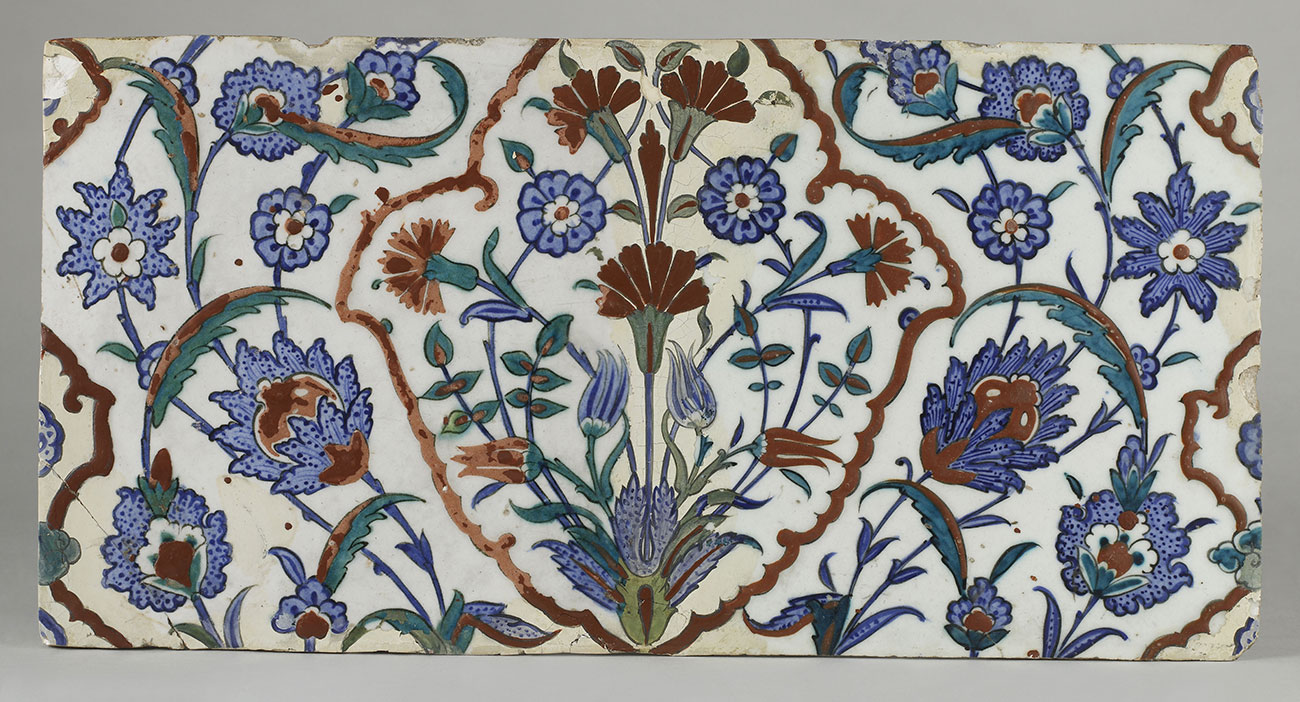
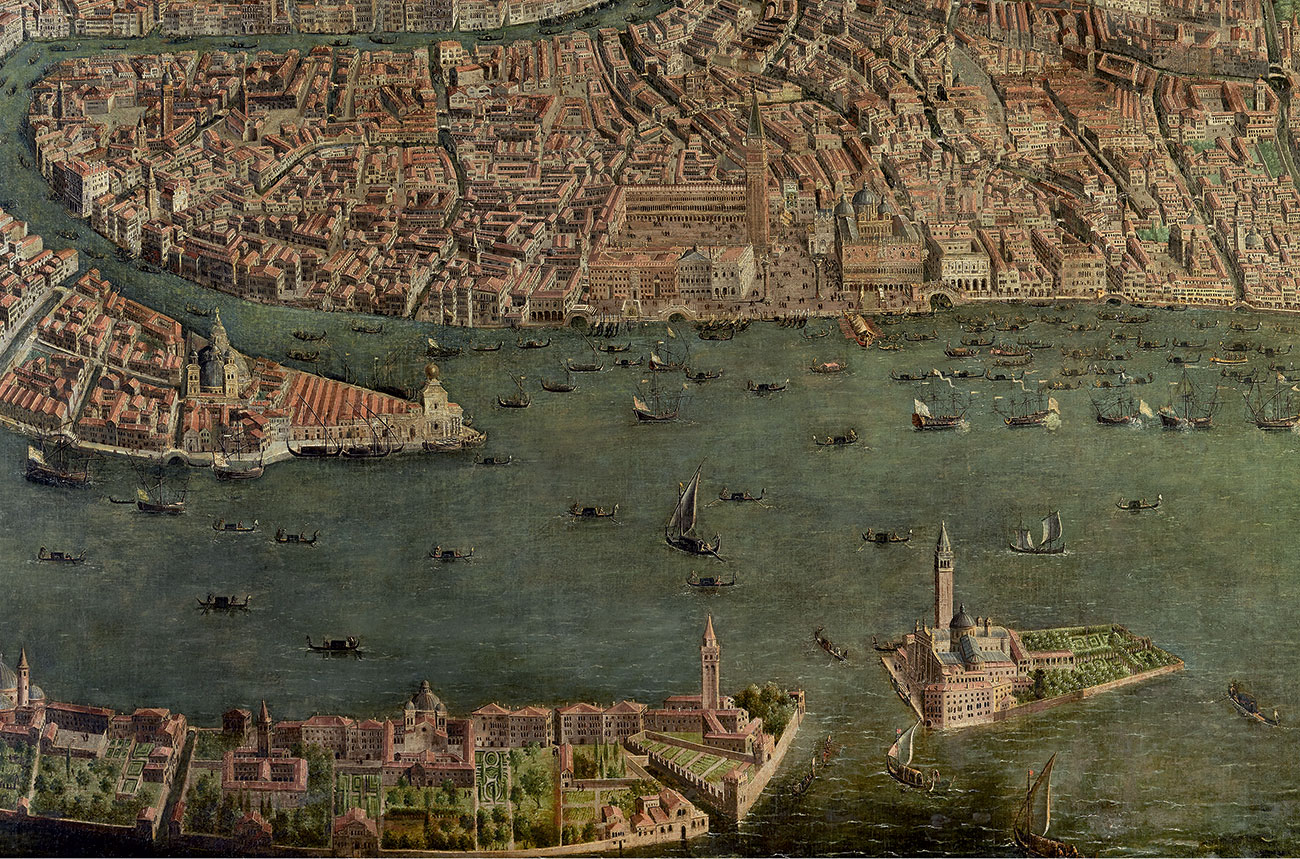
Port of call 1 : Istanbul, capital of the empire
During the reign of Suleiman I, the capital, which boasted 500,000 inhabitants, reached the zenith of its power and artistic and cultural development.
Port of call 2 : Venice, the Serenissima
The point of entry for trade from the Ottoman empire in the eastern Mediterranean, Venice occupied a strategic location and played a dual role between the two empires.
Port of call 3 : Algiers, privateering
Freed from Spanish influence in 1529, Algiers became an outpost of the Ottoman empire in North Africa. Strategically situated on the maritime route, it specialised in privateering wars.
Port of call 4 : Genoa, the banking city
During the financial crisis of 1550, the Genoese emerged as Spain’s bankers. Extremely wealthy, Venice’s rival was embellished with huge palaces.
Port of call 5: Seville, on the Guadalquivir
With Christopher Columbus in 1492, Seville became the official port of Spanish maritime expeditions. The precious metals extracted from the new colonised territories in America were sent there before being despatched to the rest of Europe.
Port of call 6 : Lisbon, on the Atlantic
The spice trade opened up new maritime routes that were discovered by Portuguese explorers. The first voyage by the Portuguese Magellan in 1522 made it possible to bypass the Mediterranean, marking the beginning of its decline.
2 : Contemporary Mediterranean cities and megacities in the 21st century
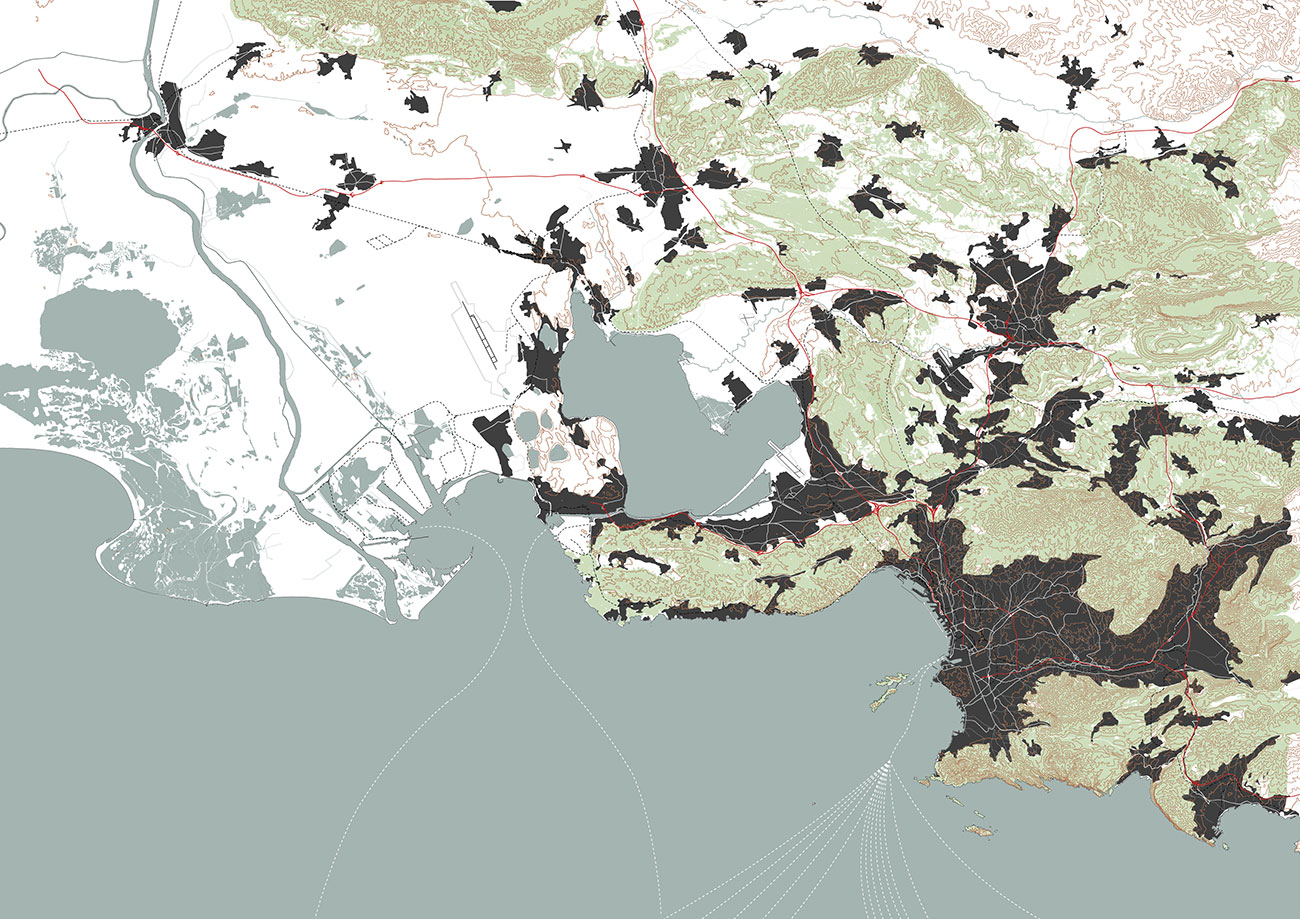
Port of call 1 : The megacities of Istanbul and Cairo, uncontrolled urban expansion
Cairo’s development takes the form of new towns located on its outskirts, while Istanbul is being transformed through four great urban projects initiated by the state.
Port of call 2 : The cities of Aix-Marseille-Provence and Casablanca : rational urban development
Casablanca is a city that anticipated expansion at the beginning of the 20th century, while Marseille is a polycentric city, in which natural areas are woven into the urban fabric.
All activities and events (in French)
Partners and sponsors
With the support of Interxion, NGE and the Club de l’Immobilier.
